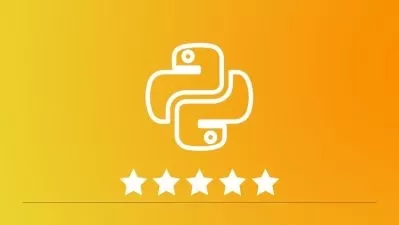Python for Automating Information Security
Thomas McNeela
2:38:28
Description
The process of finding and eradicating an attacker is time-consuming and costs a lot, which hurts your organization. You need to write tools that will help you automate your defensive and offensive security. As a penetration tester, you need to evolve quickly. When off-the-shelf tools and exploits fall short, writing your own tool will help you safeguard your data. In this course, learn how to leverage Python to perform routine tasks quickly and efficiently. You will automate log analysis and packet analysis with file operations, regular expressions, and analysis modules; interact with websites to collect intelligence; and develop TCP client and server applications for use in penetration testing. You will learn how to build automation tools for information security, and will hopefully find that these examples will help inspire you to design and build your own! By the end of this course, you will have the skills and confidence you need to automate both offensive and defensive security techniques using Python; and have developed several small security tools and one large comprehensive penetration testing tool, all of which can be used in the real world. All the code and supporting files for this course are available on GitHub at: https://github.com/PacktPublishing/Python-for-Automating-Information-Security
More details
User Reviews
Rating
Thomas McNeela
Instructor's Courses
PacktPub
View courses PacktPub- language english
- Training sessions 36
- duration 2:38:28
- Release Date 2024/03/15




















